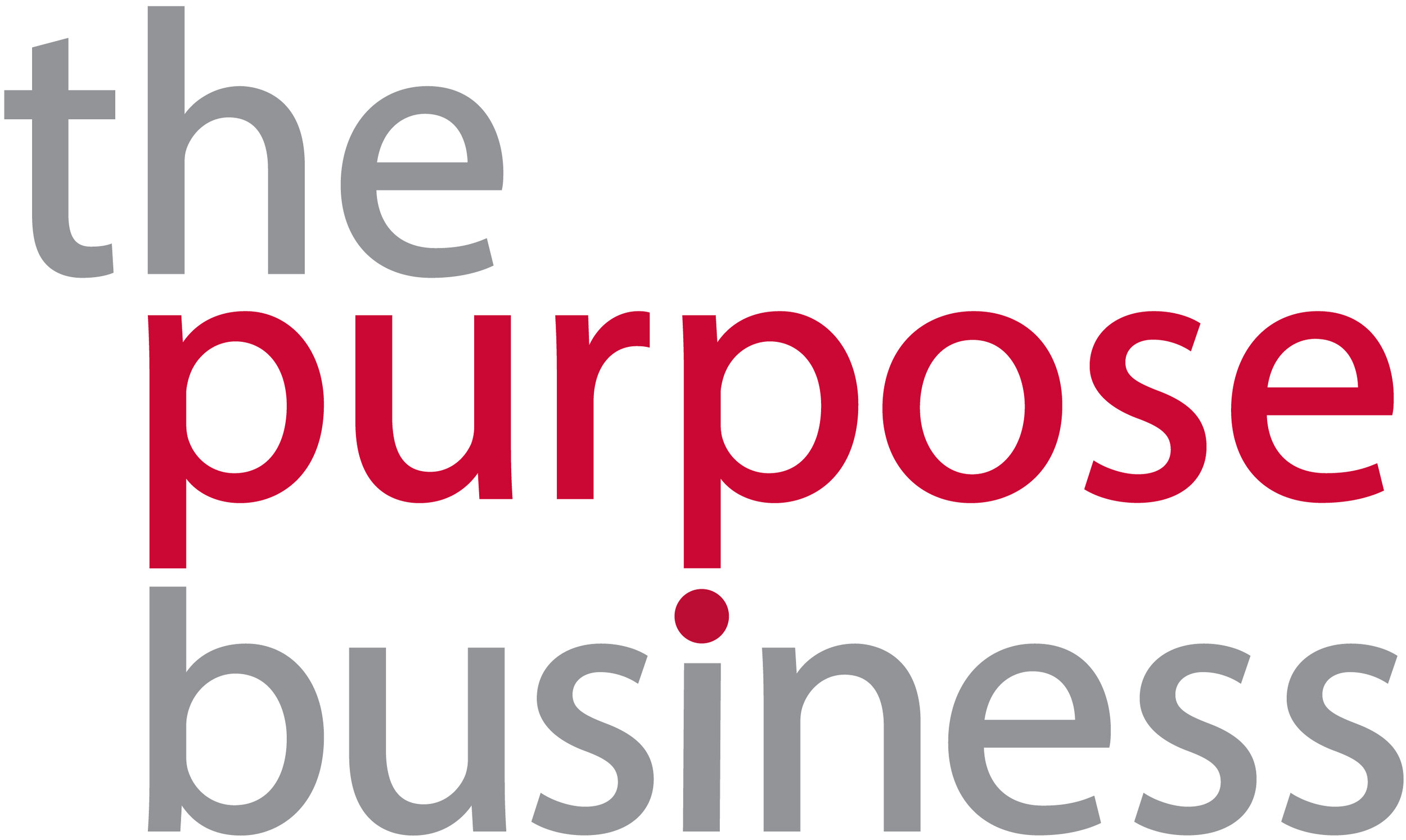Weaving collaboration for sustainable business
You know it is a purposeful breakfast event when everyone comes early, no food is wasted, the conversations are crisp and kept fresh by a balance of views – some insightful, others thought-provoking and everyone walks away with an ounce of inspiration and wanting more.
Held at the awe-inspiring North Kowloon Magistracy Building today better known as the SCAD campus in Hong Kong, this breakfast with purpose was presented by The Hong Kong and Shanghai Hotels, Ltd (HSH) and The Purpose Business, to celebrate initiatives around zero waste fashion and ignite more collaboration across stakeholder groups to realise sustainable business operations.
The morning was kicked off by a presentation from the guest speaker Anya Lim, the co-Founder and “Princess Ant” of Anthill Fabric Gallery from Cebu, Philippines. Anya shared her personal story and the latest creations of the grassroots “colony” around zero waste and what she calls “long lasting wearability — creating timeless pieces that go beyond seasonal trends”. Anya is an ingenuous responsible fashion maverick who has not only created a whole line of fashion, but has also empowered tribes with pride in various communities around the Philippines.
Demystifying the court room setting, an insightful & engaging panel chat represented views of various stakeholders and led the discussions around what could be done more concretely to help move the needle towards more responsible business operations. Holly McHugh, head of social compliance at Kering shared the company’s latest initiatives around restorative farming and sustainable viscose – which were borne out of the 2015 environmental profit and loss account (“EP&L”) – the company’s attempt to measure in $ value the costs and benefits its products generates for the environment, and in turn make more sustainable business decisions.
Tze Wei U, head of product and business development at Mango Materials, an engineering, science and tech Silicon Valley start-up shared how they focus on moving on methane gas as feedstock to bioplastics. By doing so they intend to capitalise on one of the most notoriously emitted greenhouse gases and turns it into useful raw material without generating more harm for biodiversity.
Robert Meeder, fashion marketing and management, luxury and fashion management professor at SCAD responded to these as elements that give hope to a brighter future for students who need to see that opportunities are out there and that sustainability is everyone’s business. For example, sustainable sourcing decisions should not solely be the responsibility of the procurement officer. Rather, it is a decision that pervades and guides every single stage of the design & creation process through to the customer experience.
Discussions teemed around a few essential pieces, namely:
What could “sustainable luxury” mean?
Sustainable luxury has to meet new descriptors such as “less mass production and abundance”, “being more thoughtful and deliberate”, “more transparent supply-chain methods, processes and source”. At the end of the day, these luxury products (and experiences) are expected to have met all sustainability criteria (social and environmental, foremost) before they land in the customer’s hands.
“You don’t have to be in the fashion business, to support sustainable fashion.
From uniforms and drapes to bed sheet and towel thread count, our guests deserve only the best. To us, that means a thoughtful and purposeful approach to sourcing and ensuring least waste”.
– Janice Lao, Director of Corporate Responsibility and Sustainability, HSH
Less is not always more – we need better, more effective communications on what businesses are doing
Whether luxury or fast fashion, companies are urged to tell their stories better so customers are educated and can make informed decisions. It may be a challenge to ask customers to stop the buying completely (that’s bad for bottom lines) but it would be smart to make them ‘vote with their dollars’ and start to prefer products that produce less harm to the society and environment.
Sustainability and collaboration are your beautiful basicsTo make business truly sustainable, we have to work together, collaborate and really work with various stakeholders to effect change.
“The only way we can make sustainability the norm in fashion is through an active, inclusive and collaborative effort from different players – small up and coming designer brands, big brands, manufacturers, academe, research and the customers. The inspiring panel today represented this ecosystem very well. I hope we take these conversations to action. The future is now and nature calls us to rethink our clothing consumption and wear with intention for the next generation.”
–Anya Lim, Co-Founder , Creative Director, Anthill Gallery










